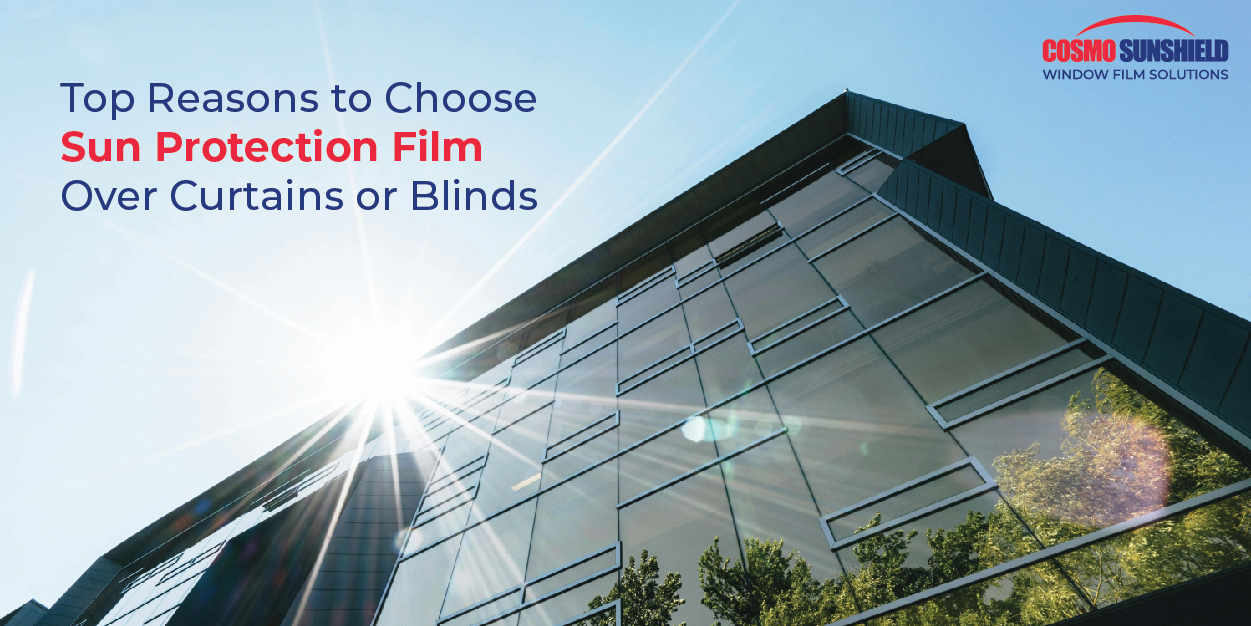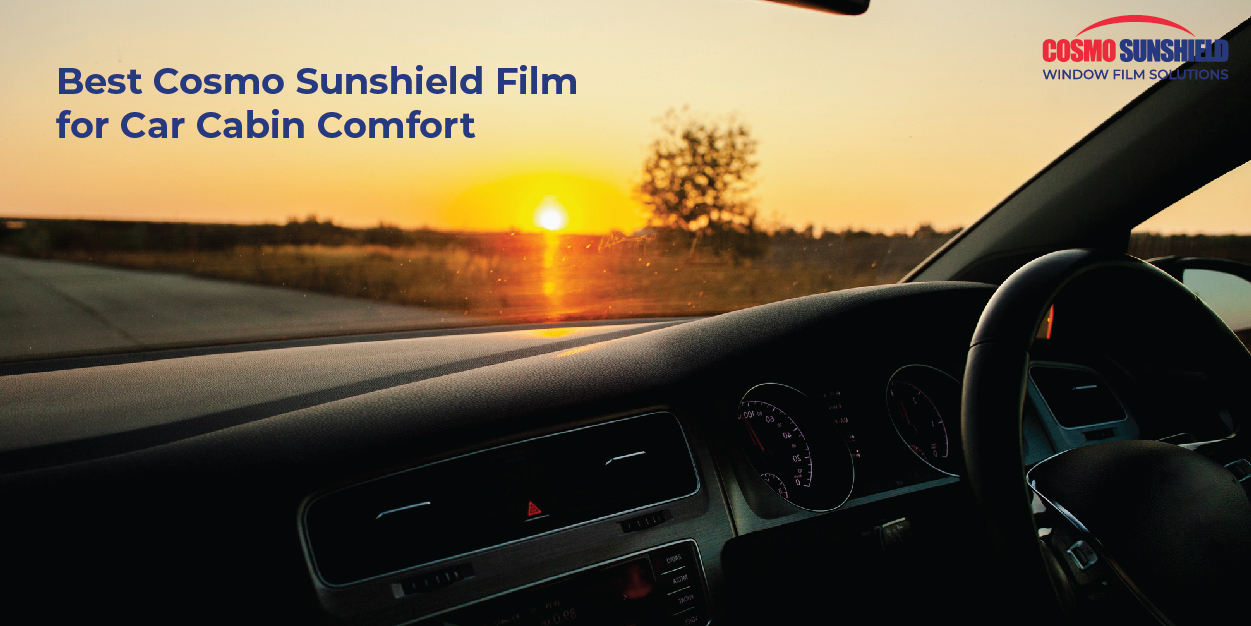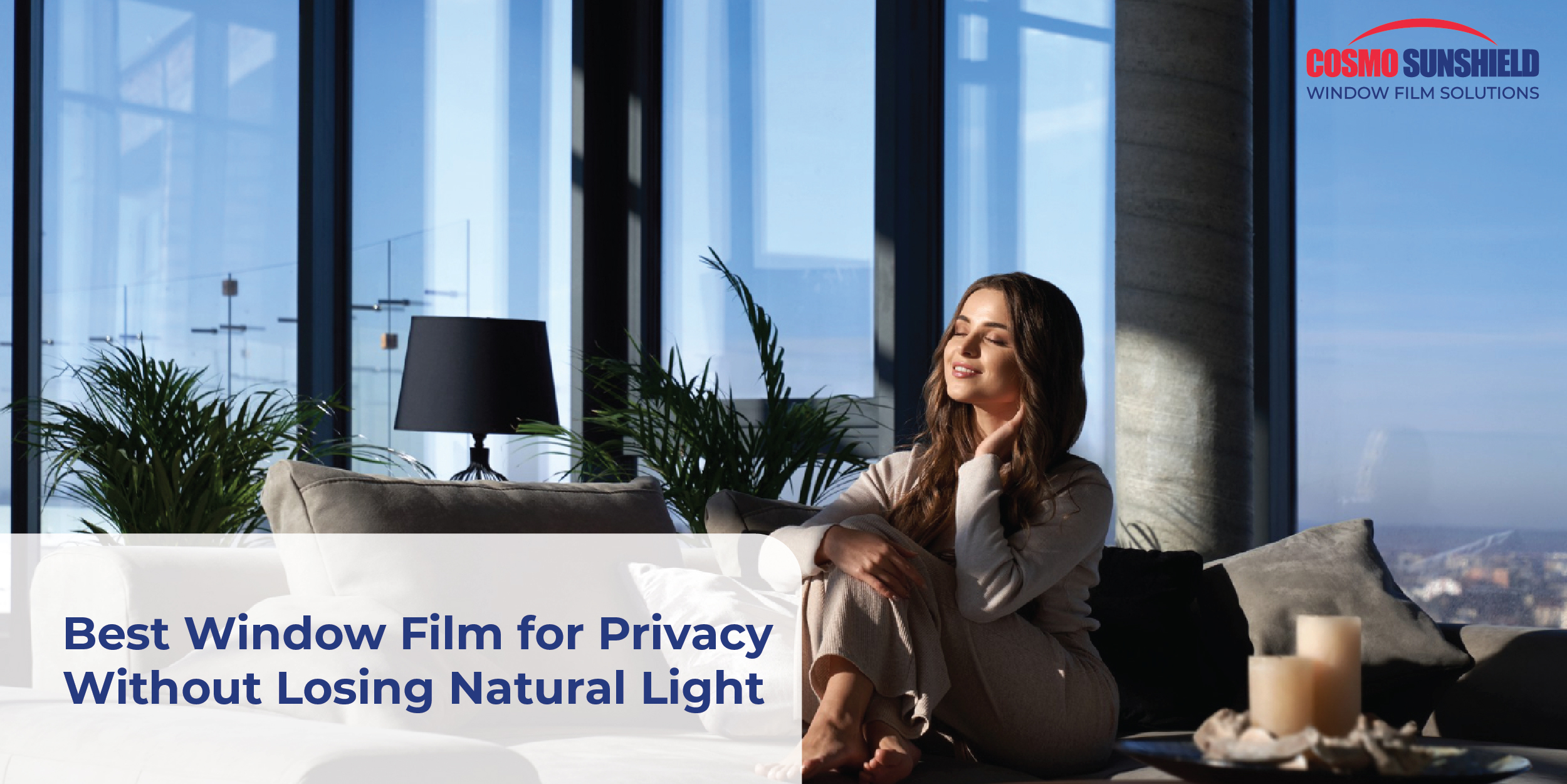How Much Does PPF Coverage Cost? 5 Factors Explained!
Published on : Aug 01,2025
PPF has become an essential investment for vehicle owners. While the benefits of PPF are well-known, one of the most asked questions is:
"How much does this coverage cost?"
Simply put, the cost of PPF coverage can vary significantly based on several key factors. Let's understand the various parameters that influence the final price of applying paint protection film to a car.
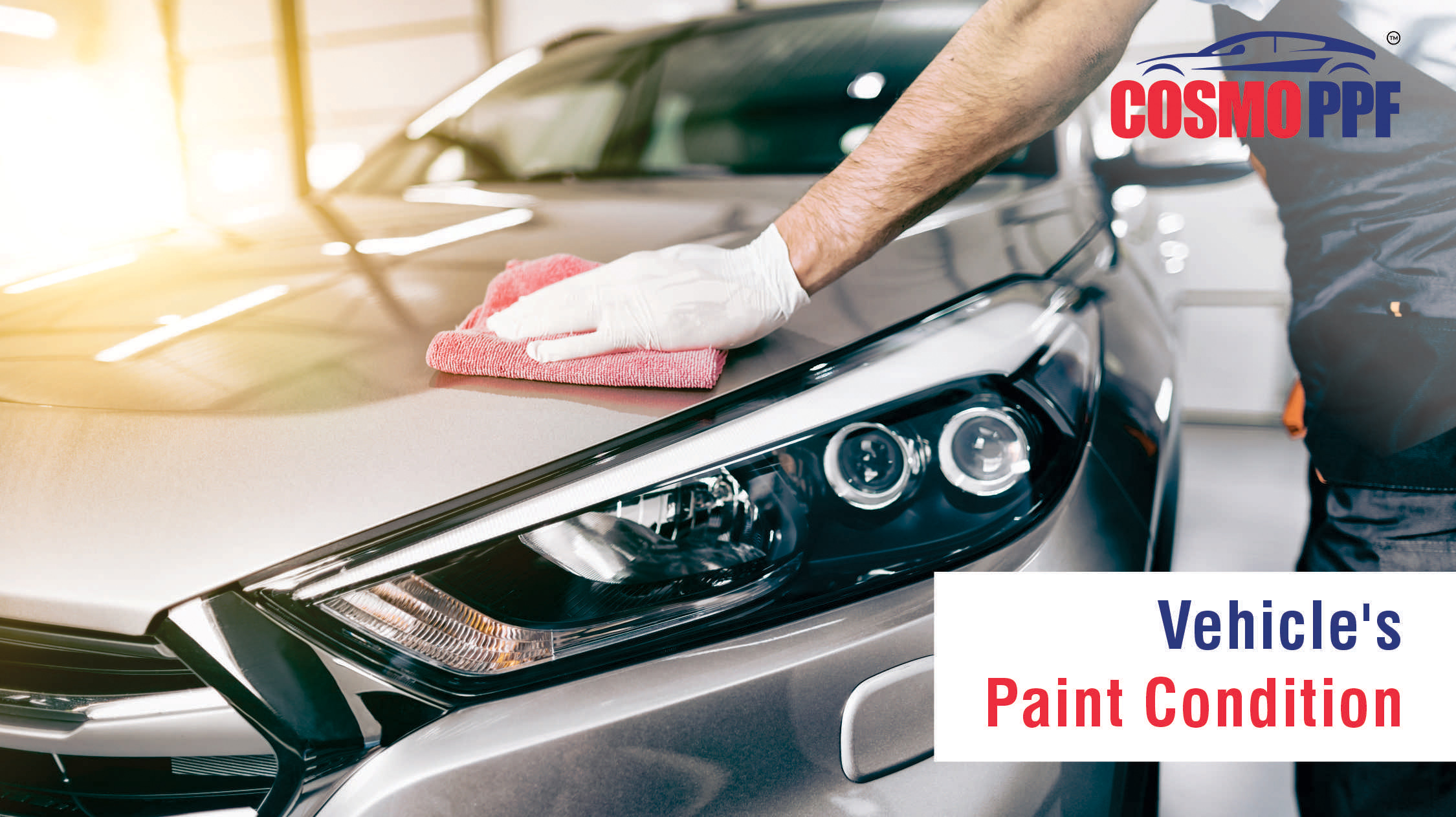
1. Vehicle's Paint Condition
The current state of the car's paint significantly affects the cost of PPF installation.
- For optimal results, it should be applied to a surface that is clean and free from imperfections.
- Swirl marks, scratches, oxidation, and other paint defects must be corrected before applying.
- If paint correction is needed, it adds time, labor, and cost to the overall installation process.
- A well-prepared surface allows the car protection film to adhere more effectively and enhances the final appearance.
- A brand-new vehicle straight from the dealership typically requires little to no correction before film application.
2. Vehicle's Type & Size
The size and design complexity of the car plays a significant role in determining paint protection film cost. A compact hatchback will naturally require less film and labor than a large SUV or luxury sports car.
- Sedans and hatchbacks typically involve simpler panels and less surface area, translating into lower material and labor costs.
- SUVs tend to be bulkier, with more surface area and intricate shapes that require additional cutting and fitting.
- Luxury vehicles may have complex curves, aerodynamic features, and higher standards for precision, often necessitating more skilled labor and longer installation times.
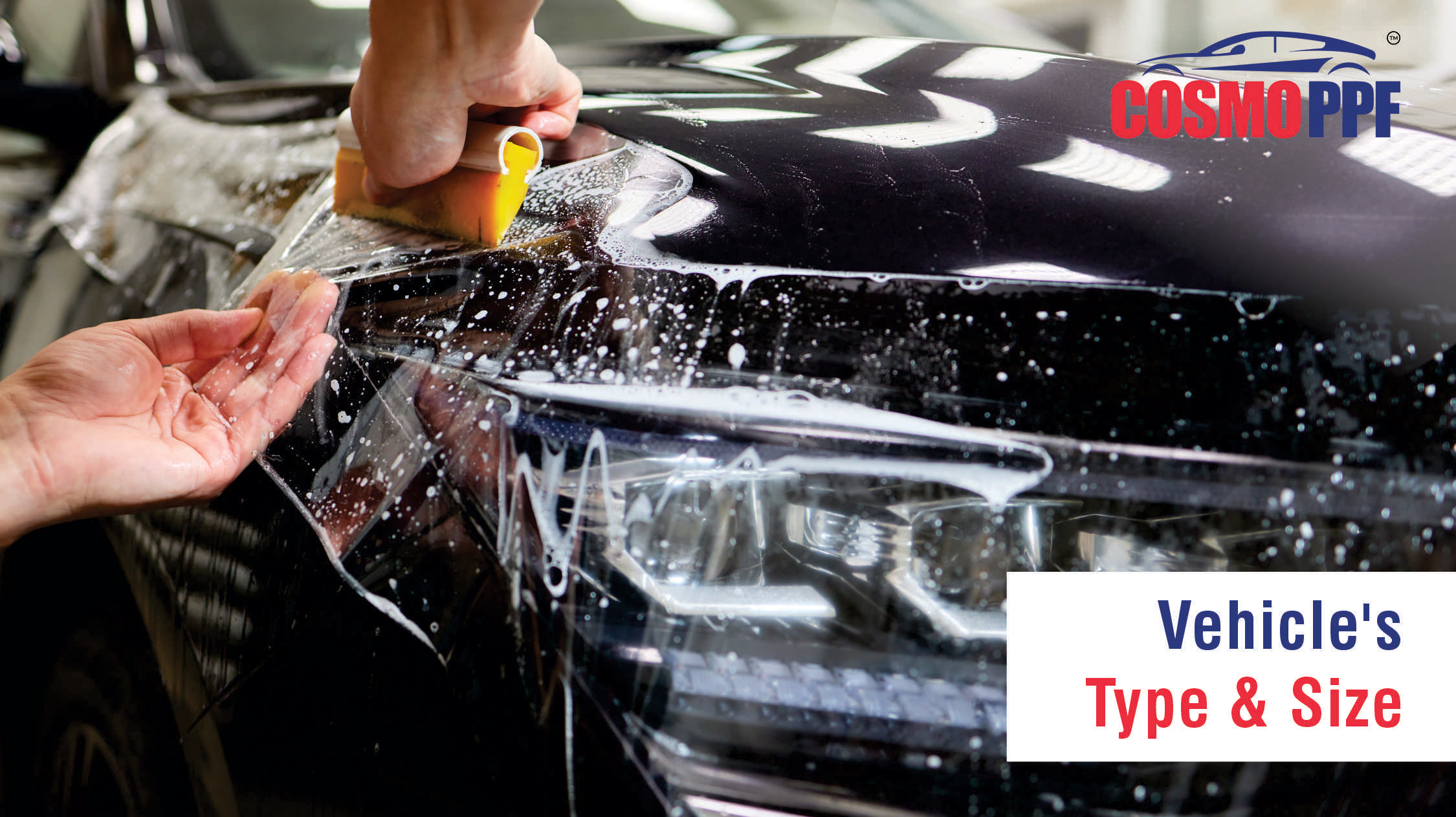
So, the larger or more intricate your vehicle, the higher the cost of paint protection film coverage.
3. Full vs. Partial Coverage
PPF coverage options are highly customizable. One doesn't necessarily have to go with full coverage, though many car enthusiasts prefer it for comprehensive protection.
- Cover high-impact areas like the front bumper, hood, side mirrors, and fenders.
- Extends protection to the entire hood and front fenders in addition to the partial front-end areas.
- Focus on spots that are prone to damage, such as the rocker panels, rear bumper edges, door handle cups, and luggage area.
- Full surface coverage provides the most comprehensive defense against external damage.
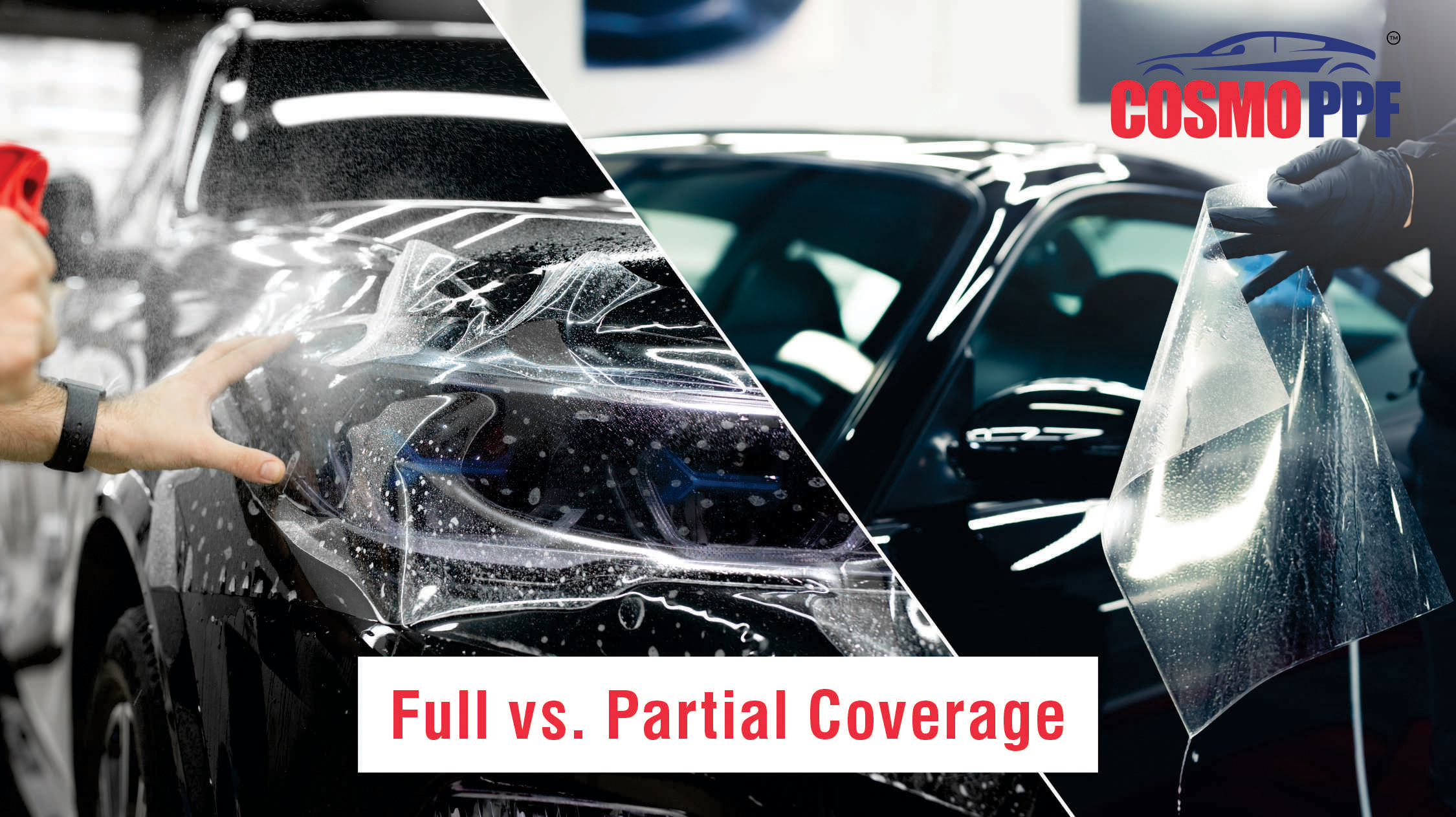
Full-body PPF on car will be the most expensive option, but it also delivers the maximum benefit in terms of protection and long-term paint preservation.
4. Quality & Brand of the PPF Material
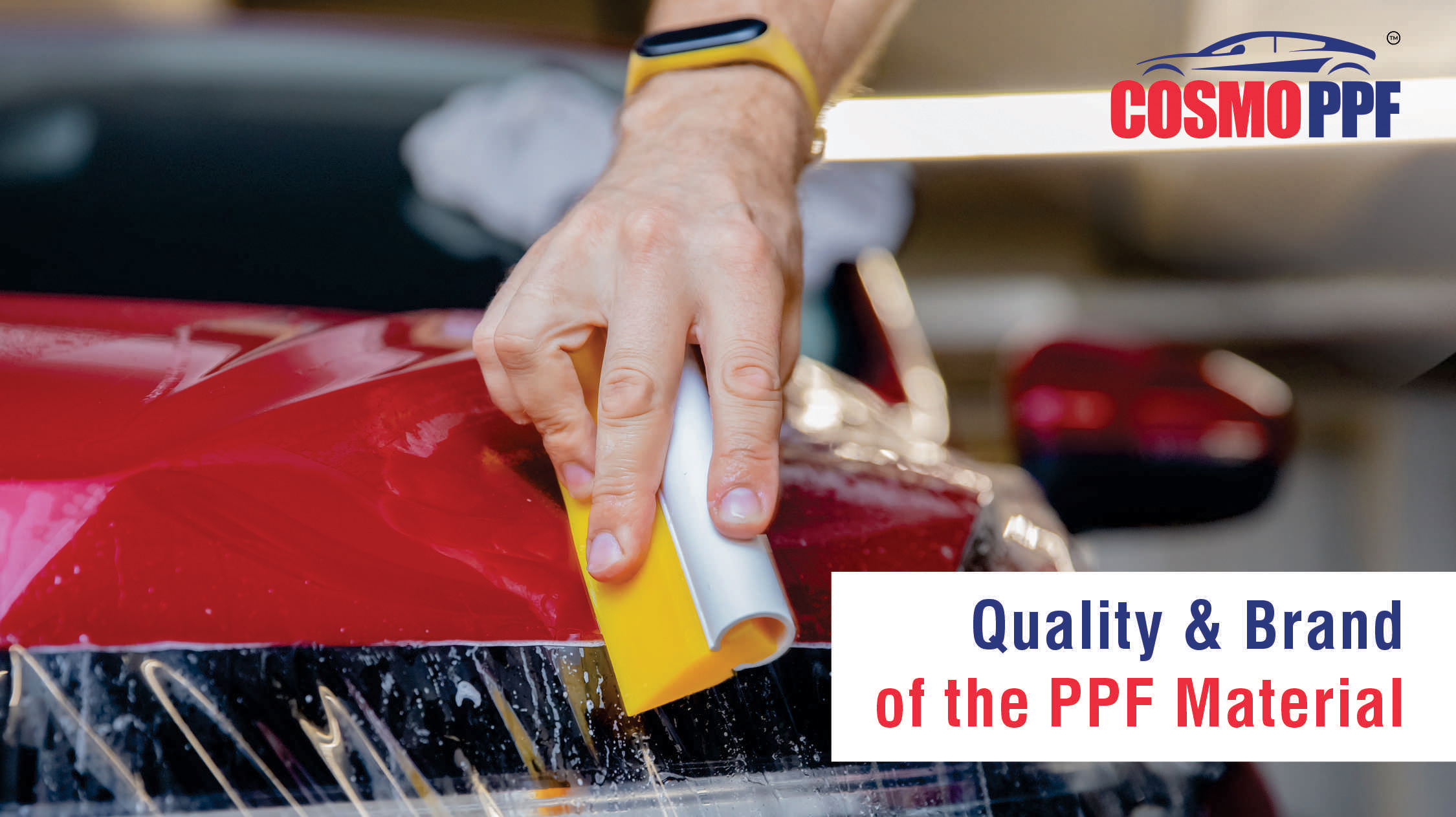
Not all PPF's are created equal. Different brands offer varying levels of durability, clarity, self-healing properties, and warranty support.
Premium car protection films from reputable manufacturers, like Cosmo PPF offer:
- Self-healing properties, which enable minor scratches to disappear with application of heat.
- Hydrophobic properties that help repel water and grime.
- UV protection that prevents paint discoloration over time.
- Lifetime warranty for Cosmo PPF Platinum and 5-year warranty for Cosmo PPF Gold.
Naturally, high-end films will come at a higher cost, but they also tend to last longer and offer better protection and appearance.
5. Installer Expertise and Facility Quality
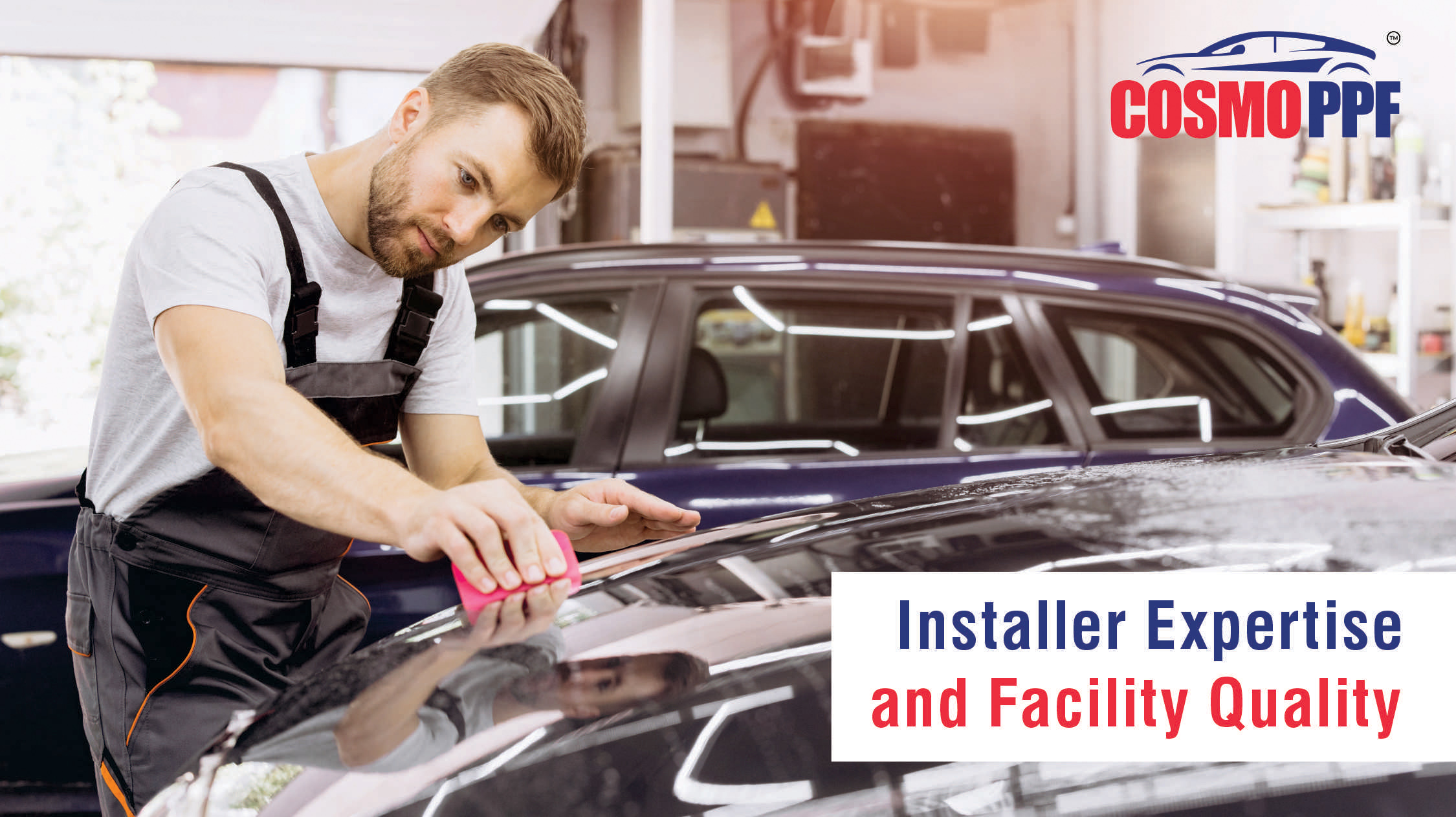
The quality of installation can significantly impact both the effectiveness and aesthetics of the paint protection film. Experienced installers who are certified by leading PPF brands will generally charge more for their services.
Opting for a budget installation may seem appealing at first glance, but poor application can lead to issues like bubbling, peeling, or misaligned panels, resulting in potential rework and additional costs down the line.
Conclusion
Full PPF coverage offers an unmatched level of protection for vehicles, but the final cost is shaped by many interdependent variables. By understanding these factors, you'll be able to make a decision that aligns with both your budget and expectations.
Rather than chasing a number, focus on value, craftsmanship, and coverage that suits your driving habits and aesthetic goals. After all, the true worth of PPF on a car lies not just in the price tag but in the long-term peace of mind it delivers every time you take your vehicle out on the road.


